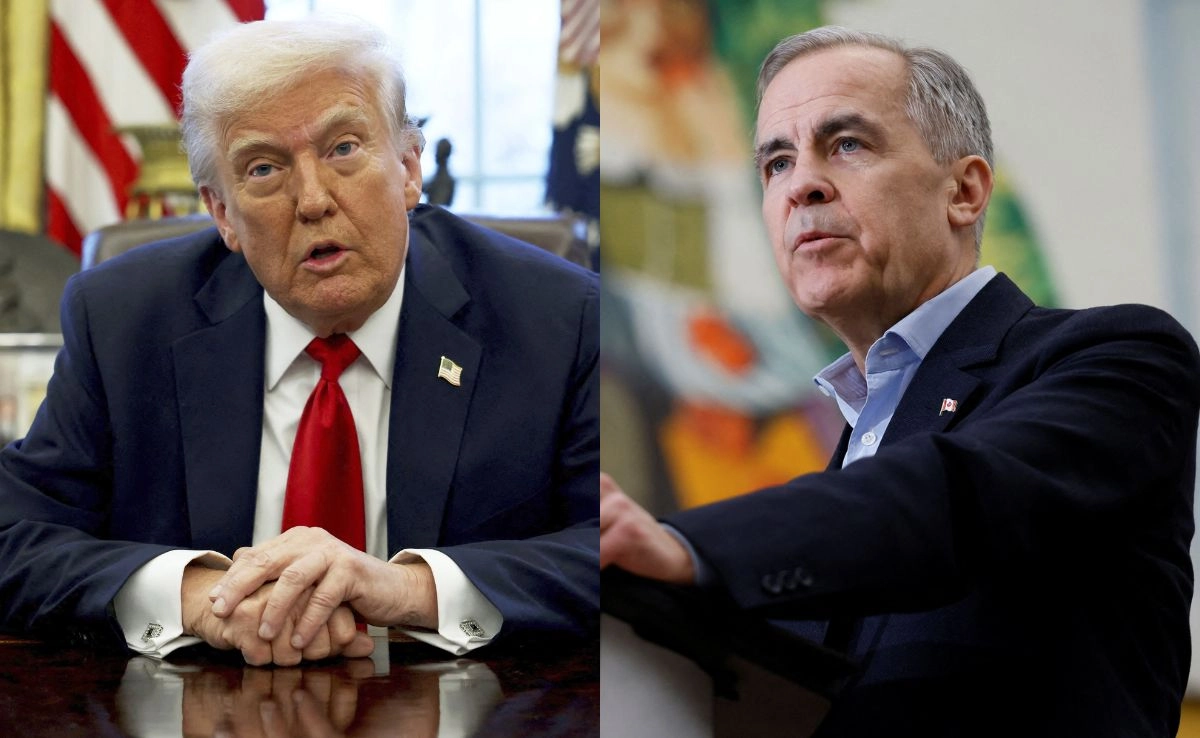In a decisive response to the tariffs imposed by the Trump administration on Canadian aluminum and steel, Canada announced a 25% levy on select U.S. auto imports. This move marks a significant escalation in trade tensions between the two neighboring countries and highlights the ongoing challenges within the framework of international trade relationships. The Canadian government has expressed that this measure is designed to protect its domestic industries while simultaneously sending a clear message to the U.S. regarding the repercussions of such unilateral trade actions.
The tariffs on U.S. automobiles, which will specifically target certain models and categories, are part of Canada’s broader strategy to counteract the economic impact of the U.S. tariffs. The automotive sector is a vital component of Canada’s economy, contributing significantly to employment and GDP. By imposing these tariffs, Canada aims to safeguard its manufacturing base and encourage the growth of local businesses that have been adversely affected by the U.S. trade policies. The Canadian government has indicated that it will monitor the situation closely and adjust its approach as necessary to ensure the continued viability of its industries.
This development comes amid ongoing negotiations related to the United States-Mexico-Canada Agreement (USMCA), which replaced the North American Free Trade Agreement (NAFTA). The agreement was initially hailed as a means to foster economic cooperation and reduce trade barriers among the three nations. However, the recent imposition of tariffs has raised questions about the stability and future of the agreement, particularly as it pertains to the automotive sector, where cross-border trade is deeply integrated.
As Canada moves forward with its retaliatory measures, the implications for U.S. automakers could be significant. Companies that rely on exports to Canada may face increased costs and reduced competitiveness in the Canadian market. Furthermore, the broader economic relationship between the two countries could suffer, potentially leading to job losses and reduced investment in both economies. The situation underscores the delicate balance that exists in international trade and the importance of diplomatic dialogue in resolving disputes without resorting to tariffs and retaliatory measures.
In summary, Canada’s implementation of a 25% tariff on certain U.S. auto imports serves as a powerful reminder of the interconnectedness of global trade and the far-reaching effects of protectionist policies. As both nations navigate this complex landscape, the potential for further escalation remains, and it will be crucial for leaders on both sides to engage in constructive negotiations to restore stability and foster a mutually beneficial trade environment.




